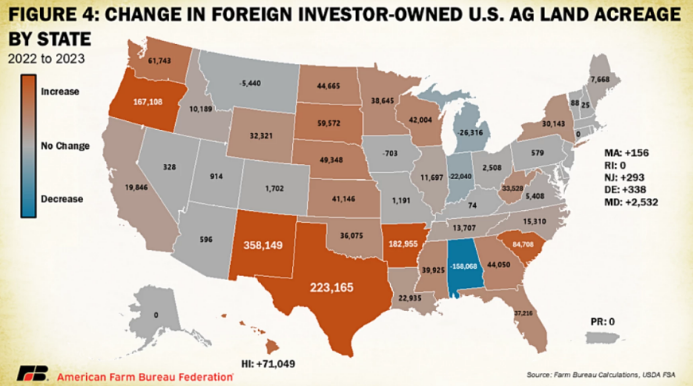Iowa Corn has collaborated for several years with Ron Lenth, Program Coordinator for Iowa State University (ISU) Extension and Outreach for Bremer County. Mr. Lenth penned the article below to report on his research in Bremer County.
Bremer County Iowa has very fertile, but heavy soils that need to utilize tile drainage to produce abundant crop yields. Weather conditions can heavily influence the flow of tile water into area streams which enter the nearby Cedar and Wapsipinicon Rivers and then empty into the Mississippi.
“I was raised on our family farm in Clayton County with a conservation mindset and started with ISU Extension here in late 2009. Seeing the emerging nutrient management issues, especially with nitrates, I found very limited data on our stream water quality. Here was an opportunity to work with area farmers and partners on this issue to benefit all and the environment,” says Ron.
Partnerships Working Together
Projects that have been vital in this effort include 14 years of routine Bremer County stream sampling for nutrients and bacteria, plus fall cornstalk nitrate sampling for area farmers. Over the years key partners have provided funding and support. These partners include the Bremer Farm Bureau, the County Board of Supervisors and ISU. The past few years, Iowa Corn has sponsored the fall cornstalk nitrate testing program, and we are grateful for that funding. We have worked with 14-26 farmers annually collecting fall field samples to test for residual nitrates. Results were shared with area farmers at field days and an open house with Iowa Corn and others in December.
2024: A Year of Extremes
Despite two consecutive years of drought in 2022 and 2023, Bremer County corn yields averaged 225 bushels per acre in 2022 and 203 bushels per acre in 2023, which is a testimony to fertile soils, high performing genetics and outstanding corn management by farmers. With those two years in the background, we wondered what 2024 would bring and what stalk nitrate levels would be after such a variable growing season. This is what occurred in 2024 in Bremer County:
- Record rainfall during May and June.
- A dry summer and September set a record for low rainfall.
- It is too early to tell what the average corn yield in the county was but it’s safe to say yields were variable due to planting dates, replanting and when growing season rains occurred.
- In 2024, corn stalk nitrate levels were the lowest in our 14 years of testing stalks (411 parts per million). See table 1.
- In most years, we average 1200 – 2000 ppm. Several universities (Iowa State, Nebraska and Minnesota) have published that the optimum nitrate are 700 – 2,000 ppm, so in 2024, we were far below the optimum levels.

The optimum concentration of nitrate in the lower stalk is 700 ppm to 2000 ppm. The marginal range is 250 ppm to 700 ppm. A test result below 250 ppm would fall in the low range. Heavy pre-plant or at planting applications of nitrogen could potentially cause low stalk nitrate levels. In the same vein, too much unneeded nitrogen applied late would likely move stalk nitrate levels into the excessive category, which would be above 2000 ppm.
In a normal drought year, we would expect to see higher fall cornstalk nitrate numbers, but this year was different due to weather related issues and nutrient uptake.
Observations and Recommendations
2024 was a season of extreme weather, especially in how much and when rain events occurred (spring) and did not occur (summer and fall).
- It appears that those plants short on nitrogen during the summer drew heavily from the plant itself.
- Split applying, ide dressing and using nitrogen stabilizers made a positive difference during the growing season.
- When conducting stalk nitrate samples, follow a standardized procedure such as the method from ISU Extension found here: Use of the End-of-Season Corn Stalk Nitrate Test.
- Stalk nitrate testing can be a good addition to a farmer’s corn fertility management program but should be done over a period of years, rather relying on a test in a single year.
- Pairing a stalk nitrate test with an end of season soil analysis can help farmers make fertility adjustments before the next season.
Every growing season is different, and Mother Nature still plays a major role.
Click here to see more...